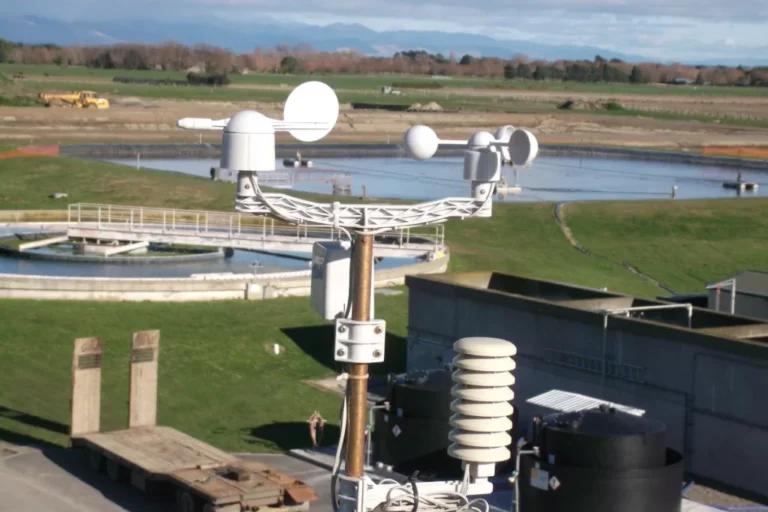MTP to MTP: Understanding the Key Differences and Applications
# MTP to MTP: Understanding the Key Differences and Applications
## Introduction to MTP
MTP, or Media Transfer Protocol, is a widely used protocol for transferring files between devices. It was developed as an extension of the Picture Transfer Protocol (PTP) and has become the standard for many modern devices, including smartphones, digital cameras, and media players.
## What Does MTP to MTP Mean?
When we talk about “MTP to MTP,” we’re typically referring to one of two scenarios:
1. Transferring files between two MTP-compatible devices
2. Comparing different versions or implementations of MTP
## Key Differences in MTP Implementations
### MTP Versions
There are several versions of MTP that have been released over time:
– MTP version 1.0 (the original specification)
– MTP version 1.1 (added support for new device properties)
– MTP version 2.0 (introduced significant improvements)
### Device-Specific Implementations
Different manufacturers may implement MTP slightly differently, which can lead to compatibility issues when transferring files between devices from different brands.
## Applications of MTP to MTP Transfers
### Device-to-Device File Transfers
One of the most common uses of MTP to MTP is transferring files directly between two compatible devices without needing a computer as an intermediary.
### Media Management
MTP to MTP connections are particularly useful for:
– Transferring photos between cameras and smartphones
– Moving music files between different media players
– Sharing videos between tablets and other devices
## Advantages of MTP to MTP Connections
1. No need for additional software in most cases
2. Faster transfers compared to some wireless methods
3. Better file organization capabilities than mass storage mode
4. More secure as it doesn’t expose the entire file system
## Common Challenges and Solutions
### Compatibility Issues
Some devices may not recognize each other when connected via MTP. Solutions include:
– Updating device firmware
– Trying different USB cables
– Using a computer as an intermediary
### Performance Limitations
MTP transfers can sometimes be slower than expected. To improve performance:
– Ensure both devices support USB 3.0 or higher
– Close unnecessary applications on both devices
– Transfer smaller batches of files at a time
## Future of MTP Technology
As wireless technologies continue to improve, we may see MTP evolve to include:
– Wireless MTP implementations
– Better cloud integration
– Improved cross-platform compatibility
Understanding the nuances of MTP to MTP connections can help users make the most of their devices’ capabilities while avoiding common pitfalls in file transfers between modern digital devices.
Keyword: mtp to mtp
